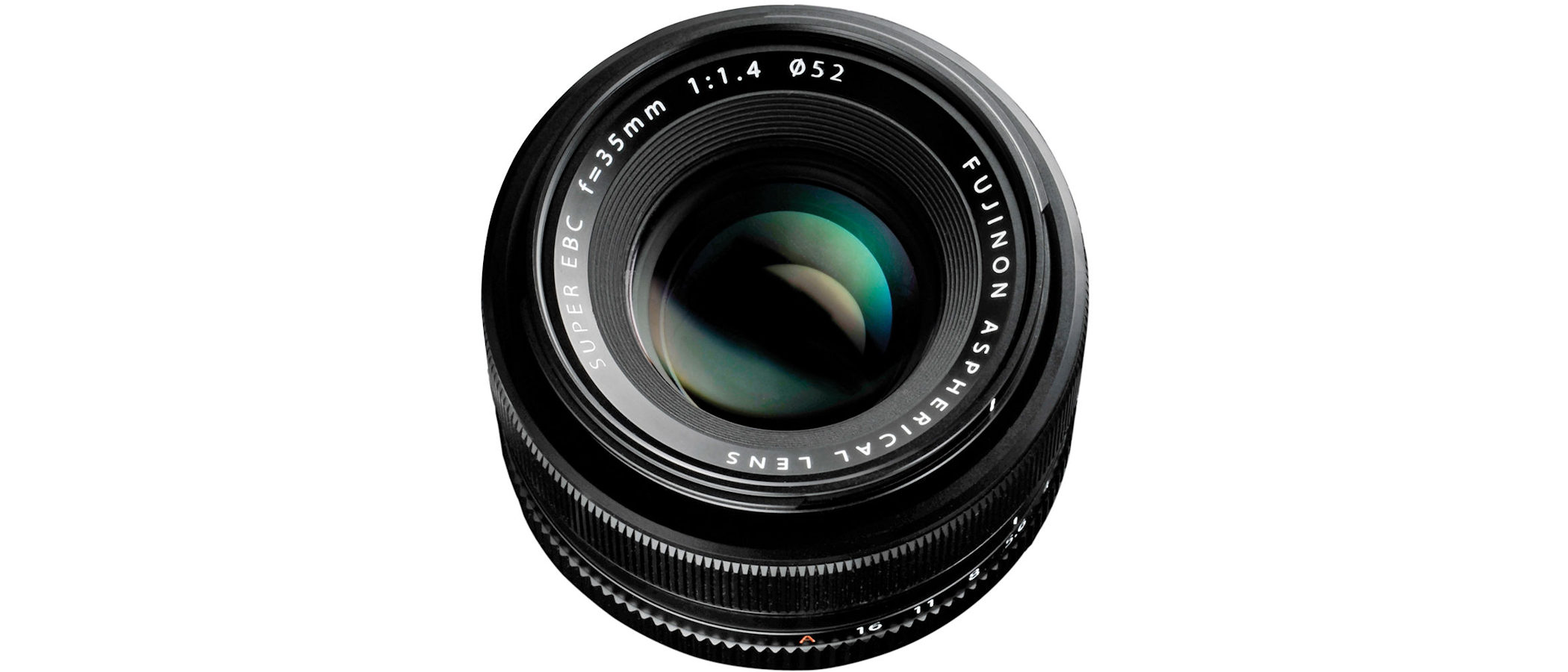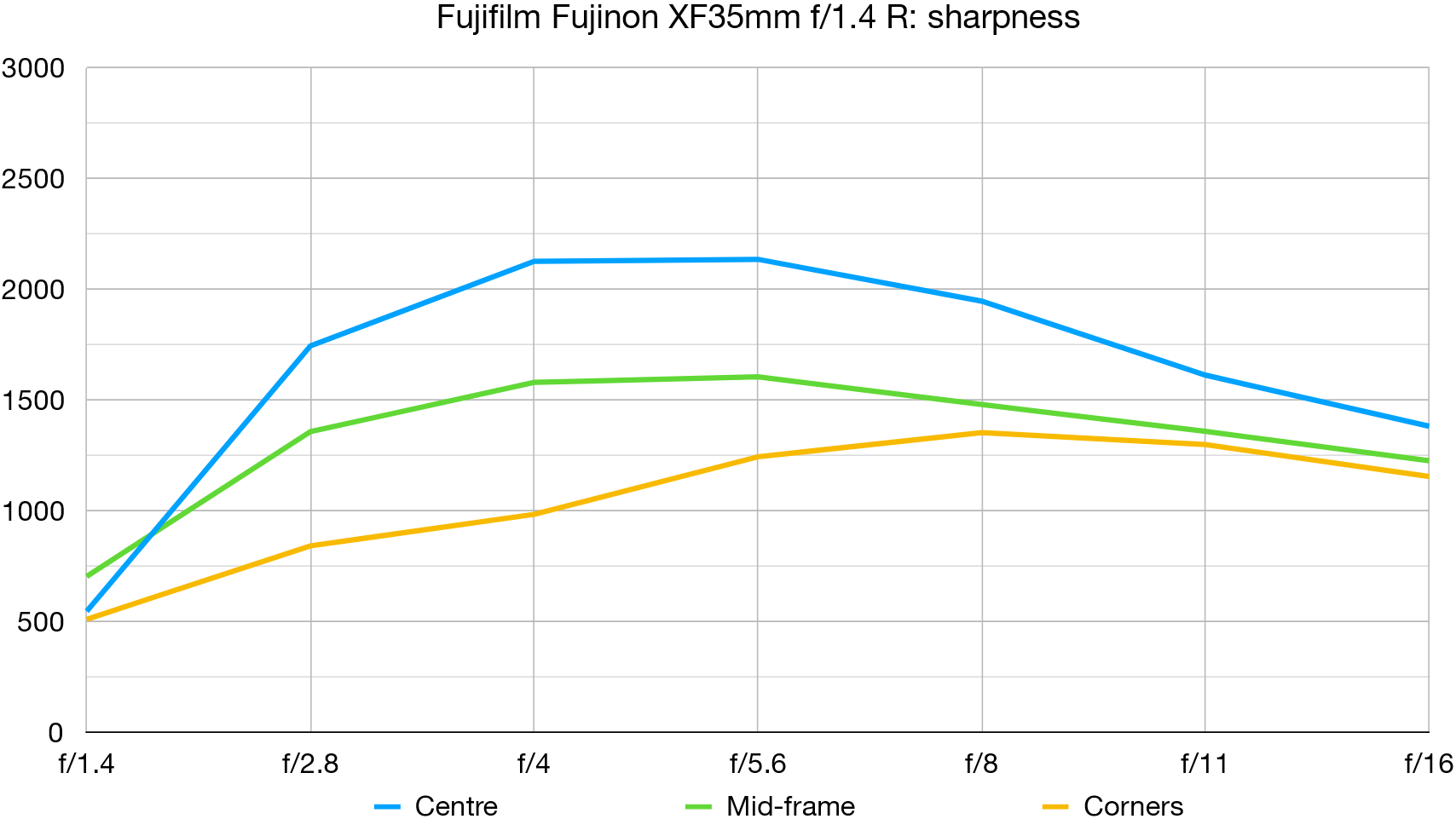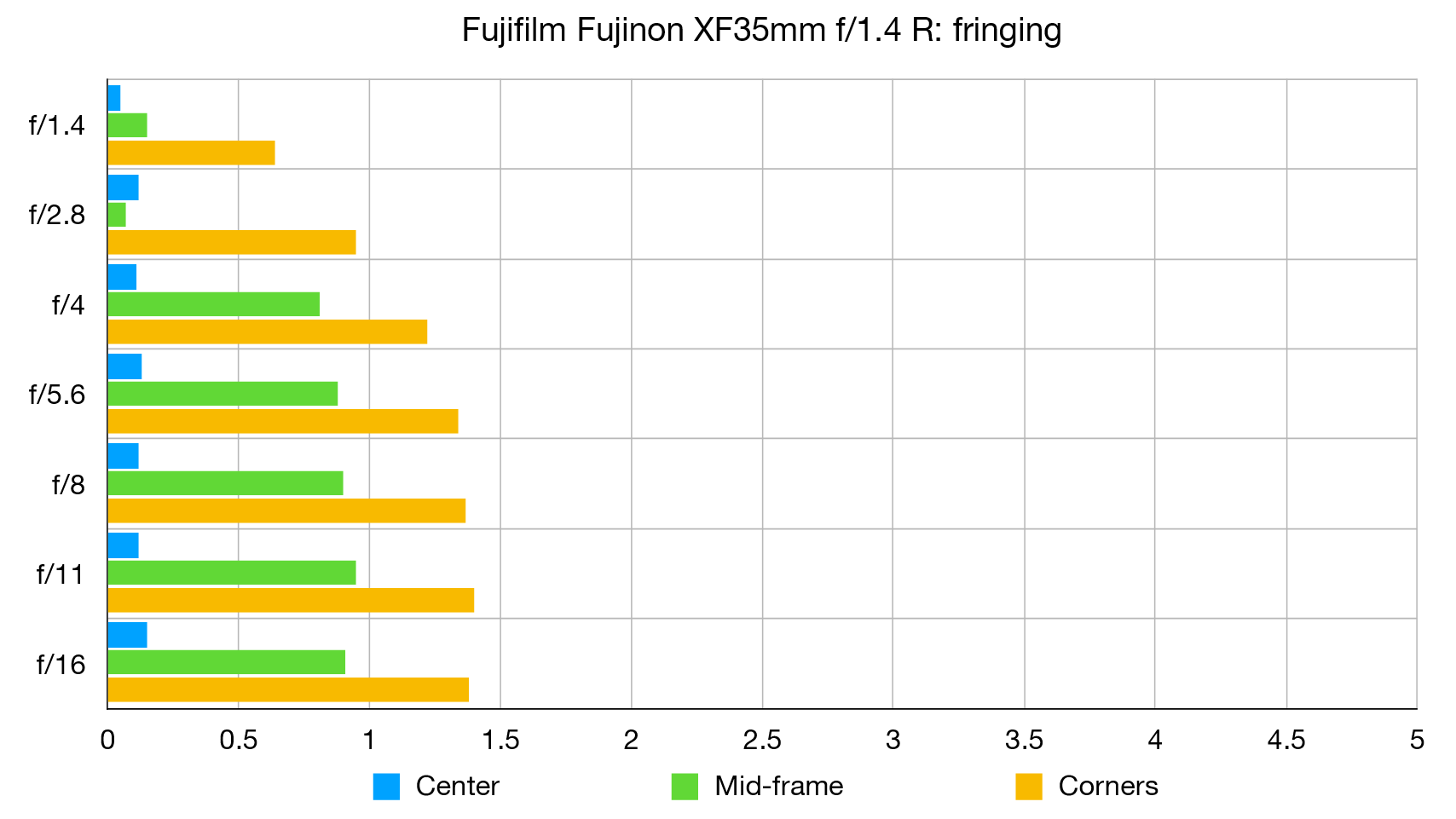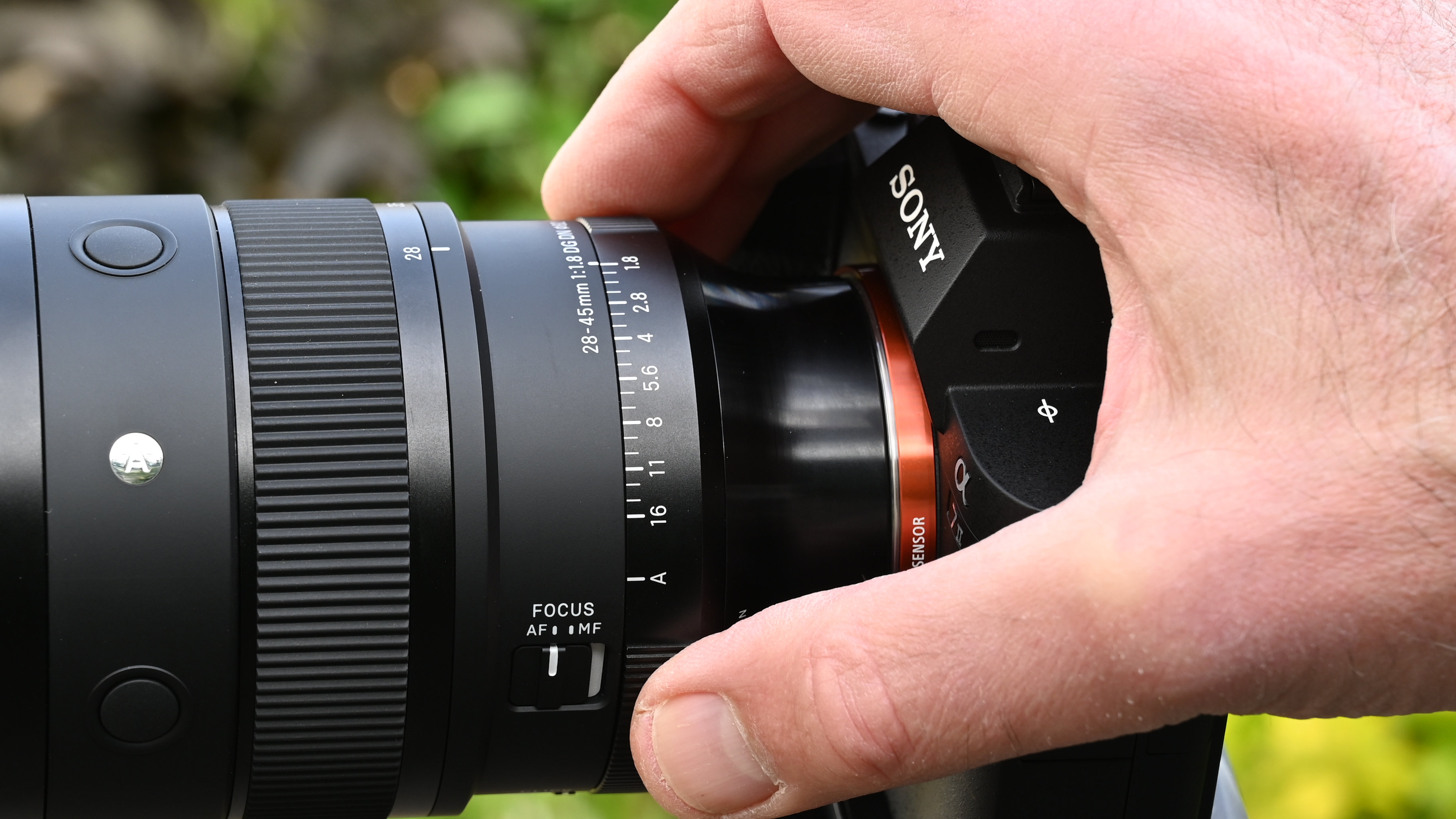Digital Camera World Verdict
There’s a lot to love about this lens, which packs a wide f/1.4 aperture rating into a very compact and lightweight build. The quality of construction feels reassuringly robust and the aperture control ring is a handling bonus, although it can’t be de-clicked for shooting video. Performance is good overall but wide-aperture sharpness is disappointing.
Pros
- +
Compact and lightweight
- +
Aperture control ring
- +
Fast f/1.4 aperture
Cons
- -
Mediocre wide-aperture sharpness
- -
Aperture ring can’t be de-clicked
- -
Focus ring a little imprecise
Why you can trust Digital Camera World
Standard prime lenses come in all shapes and sizes nowadays, from teeny pancake optics to huge chunks of fast glass. Helped by its APS-C specification, the Fujinon XF35mm f/1.4 R is compact and lightweight, while the 1.5x crop factor makes gives it a standard field of view, equivalent to using a 52.5mm focal length on a full-frame camera.
Specifications
Mount: Fujifilm X
Full frame: No
Autofocus: Yes
Stabilization: No
Lens construction: 8 elements in 6 groups
Angle of view: 44.2 degrees
Diaphragm blades: 7
Minimum aperture: f/16
Minimum focusing distance: 0.28m
Maximum magnification ratio: 0.17xx
Filter size: 52mm
Dimensions: 65x55mm
Weight: 187g
Key features
Manufactured exclusively for Fuji’s range of retro-looking X series cameras, this lens has an up-market build that includes a metal rather than plastic barrel. Adding retro charm, there’s an aperture ring with one-third f/stop click stops, although it can’t be ‘de-clicked’ for stepless operation when shooting video. It’s situated behind the focus ring, which is electronically coupled to the autofocus motor.
The optical path is based on eight elements in total, which include one aspherical element, aiming to enhance sharpness and reduce distortion and chromatic aberration. Fuji’s Super EBC coating is also on hand, to reduce ghosting and flare.
Despite its high-quality build, the Fuji is particularly lightweight for an f/1.4 lens at just 187g, and it’s very compact as well, with a 52mm filter thread. The lens has no focus distance scale and the inner lens barrel extends at shorter focus distances but doesn’t rotate, easing the use of filters like circular polarizers and ND grads.
Performance
Autofocus is a little noisier than expected but fairly quick, and the manual focus ring of our review sample felt a bit stiff and jerky when making fine adjustments. Image quality is pretty good overall but let down by poor sharpness at apertures wider than f/2.8.
Lab results
We run a range of lab tests under controlled conditions, using the Imatest Master testing suite. Photos of test charts are taken across the range of apertures and zooms (where available), then analyzed for sharpness, distortion and chromatic aberrations.
We use Imatest SFR (spatial frequency response) charts and analysis software to plot lens resolution at the center of the image frame, corners and mid-point distances, across the range of aperture settings and, with zoom lenses, at four different focal lengths. The tests also measure distortion and color fringing (chromatic aberration).
Sharpness:
Sharpness is poor even at the center of the image frame when shooting at apertures wider than f/2.8, and edge-sharpness doesn’t get into its stride until f/5.6. Sharpness across the whole frame is best at f/5.6 and f/8.
Fringing:
Color fringing is entirely negligible at wide apertures but can be a little noticeable towards the edges and corners between f/4 and f/16.
Distortion: -0.51
The best camera deals, reviews, product advice, and unmissable photography news, direct to your inbox!
Helped by firmware corrections applied automatically in-camera, there’s only a very small amount of barrel distortion.
Verdict
Standard prime lenses come in all shapes and sizes nowadays, from teeny pancake optics to huge chunks of fast glass. Helped by its APS-C specification, the Fujinon XF35mm f/1.4 R is compact and lightweight, while the 1.5x crop factor makes gives it a standard field of view, equivalent to using a 52.5mm focal length on a full-frame camera.
Read more:
• Best camera lenses to get
• Best Canon lenses
• Best Nikon lenses
• Best Sony lenses
Matthew Richards is a photographer and journalist who has spent years using and reviewing all manner of photo gear. He is Digital Camera World's principal lens reviewer – and has tested more primes and zooms than most people have had hot dinners!
His expertise with equipment doesn’t end there, though. He is also an encyclopedia when it comes to all manner of cameras, camera holsters and bags, flashguns, tripods and heads, printers, papers and inks, and just about anything imaging-related.
In an earlier life he was a broadcast engineer at the BBC, as well as a former editor of PC Guide.




